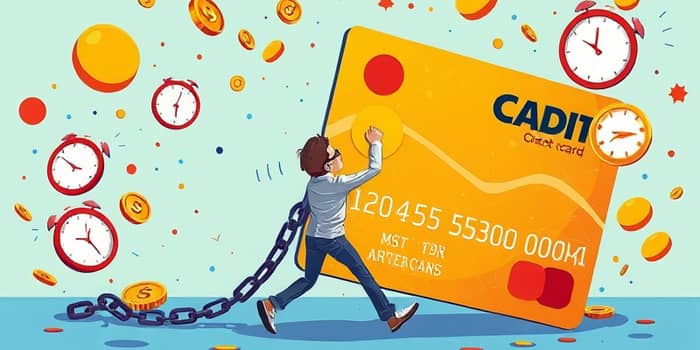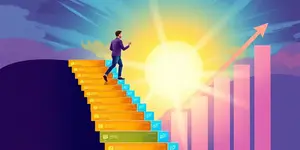
As credit card balances climb, understanding the hidden dangers of minimum payments has never been more critical. What seems like an easy way to stay current can lead to long-term financial hardship.
The minimum payment is the smallest amount required each month to keep your account in good standing. It is typically calculated as a percentage of your statement balance—usually 2–3% of the statement—or a fixed dollar amount, whichever is greater.
While it ensures you avoid late fees and penalties, most of this payment covers interest, with only a tiny fraction chipping away at your principal debt. This structure is by design: the more you pay in interest, the longer you stay in debt.
Recent data reveal a worrying upward trend. In 2025, approximately 22% of credit card users routinely make only the minimum payment on their balances. As of Q3 2024, the share of consumers making minimum payments climbed to 10.75%, continuing a three-year rise.
This reliance is most pronounced among cardholders with lower incomes, weaker credit scores or limited experience managing debt. For many, persistent inflation and stagnant wages have forced difficult trade-offs, pushing them toward the minimum payment trap.
High credit card APRs compound the problem. For all current accounts in Q1 2025, the average APR stood at 21.37%, while accounts accruing interest faced an average of 21.91%.
Retail cards carry even higher rates, often near 30% APR. These elevated rates mean that with each minimum payment, most funds service interest, and the balance barely declines.
Consider this example: A $5,000 balance at 18% APR making a 2% minimum payment (around $100) each month can take over 20 years to repay—and cost thousands more in interest before you erase the debt.
Households earning under $50,000 annually are particularly vulnerable. Stagnant wages, rising rents, grocery bills and childcare costs have tightened budgets, leaving little room to pay more than the minimum.
The surge in minimum payment reliance also ties back to more lenient credit approvals during the pandemic, which brought riskier borrowers into the fold. Those with thin credit files or past delinquencies often face the highest APRs, exacerbating their repayment challenges.
Consumers often fall for the "minimum payment effect", treating the required payment as a comfortable suggestion rather than a last-chance requirement. This mindset fosters a false sense of security—the balance seems manageable month to month, masking the cumulative damage of interest.
The convenience of autopay and reminders can lull borrowers into complacency, while the real consequences—mounting debt and interest—remain unseen until balances become unmanageable.
High rates of minimum payment reliance and record consumer revolving debt signal growing strain on household finances nationwide. Economists warn that sustained budget stress could dampen consumer spending, potentially slowing economic growth.
Persistent debt burdens also elevate default risks, which can ripple through financial institutions and increase borrowing costs industry-wide. Addressing the root causes—income stagnation, inflation and credit practices—will be crucial to restoring balance.
Breaking the cycle of minimum payments is not merely a personal victory—it contributes to broader economic resilience. By understanding the mechanics, risks and solutions, individuals can regain control of their finances and collectively foster a healthier credit environment.
References













